
 3
3




Dave's SKIP BB's / Welcome to Permies! / Permaculture Resources / Dave's Boot Adventures & Longview Projects


















 1
1





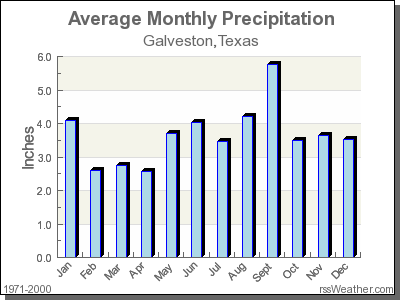
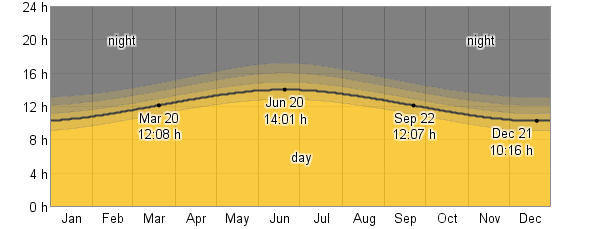
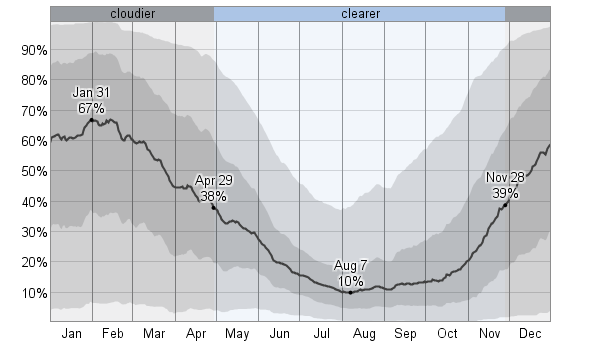


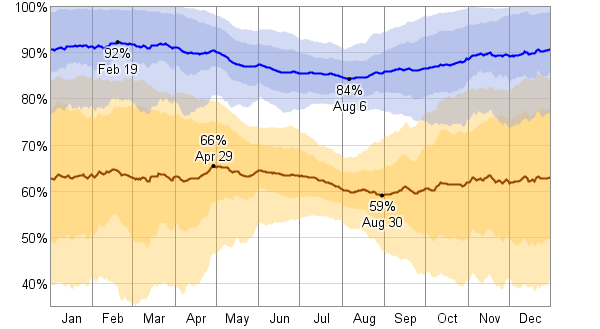
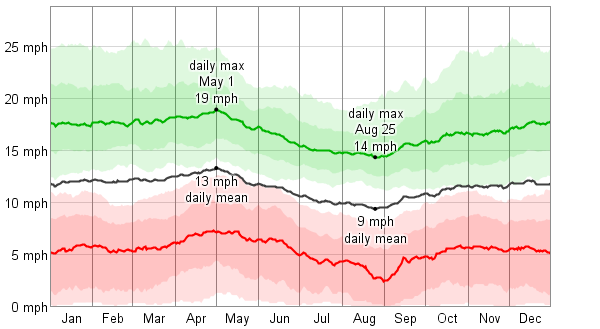


Dave's SKIP BB's / Welcome to Permies! / Permaculture Resources / Dave's Boot Adventures & Longview Projects


















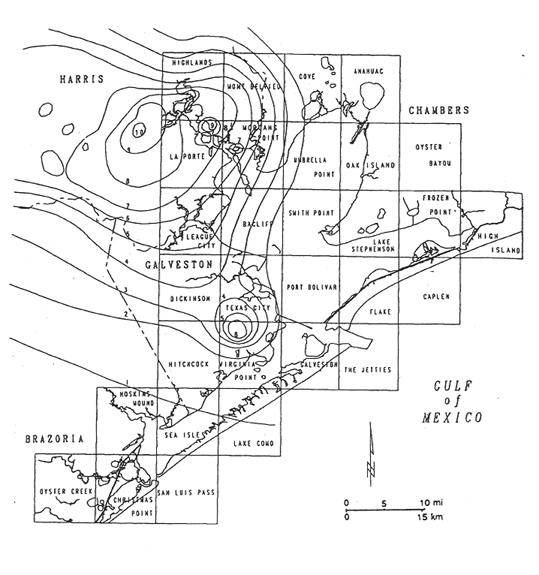
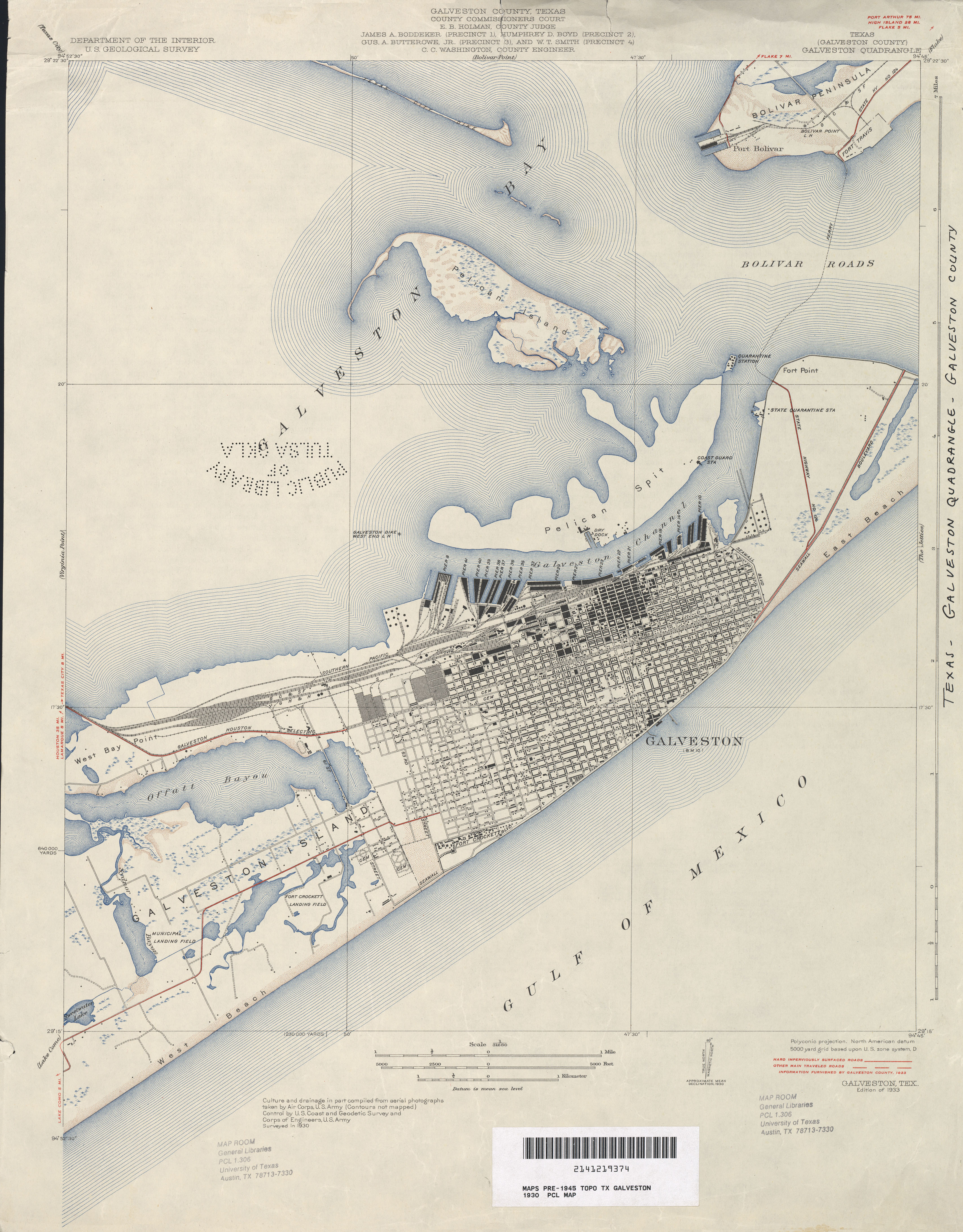

Dave's SKIP BB's / Welcome to Permies! / Permaculture Resources / Dave's Boot Adventures & Longview Projects


















Dave's SKIP BB's / Welcome to Permies! / Permaculture Resources / Dave's Boot Adventures & Longview Projects














 1
1




 1
1




Subtropical desert (Köppen: BWh)
Elevation: 1090 ft Annual rainfall: 7"




 I like what you've suggested, and it will be integrated into the design!
I like what you've suggested, and it will be integrated into the design!
Dave's SKIP BB's / Welcome to Permies! / Permaculture Resources / Dave's Boot Adventures & Longview Projects


















Dave's SKIP BB's / Welcome to Permies! / Permaculture Resources / Dave's Boot Adventures & Longview Projects


















 The site's soil pH ranges from 6.6 to 8.6 around the homes and between 7.4 to 9.0 near and at the beaches.
The site's soil pH ranges from 6.6 to 8.6 around the homes and between 7.4 to 9.0 near and at the beaches.Dave's SKIP BB's / Welcome to Permies! / Permaculture Resources / Dave's Boot Adventures & Longview Projects


















Dave's SKIP BB's / Welcome to Permies! / Permaculture Resources / Dave's Boot Adventures & Longview Projects


















Dave's SKIP BB's / Welcome to Permies! / Permaculture Resources / Dave's Boot Adventures & Longview Projects














 1
1




 1
1








 Next, I will be posting all of the food organisms (more than just plants) that I can think of that would work in my climate. Then, I'll do the same thing and list all of the things I can possibly think of for each section of the design goals. This way, most of my research will be complete. From there, I'll be proceeding to how the pieces that have been listed out will fit together. Then, when I make my zone map, I'll begin placing the species on the site. Feel free to critique each listing of species as I post them; the more feedback, the better.
Next, I will be posting all of the food organisms (more than just plants) that I can think of that would work in my climate. Then, I'll do the same thing and list all of the things I can possibly think of for each section of the design goals. This way, most of my research will be complete. From there, I'll be proceeding to how the pieces that have been listed out will fit together. Then, when I make my zone map, I'll begin placing the species on the site. Feel free to critique each listing of species as I post them; the more feedback, the better.Dave's SKIP BB's / Welcome to Permies! / Permaculture Resources / Dave's Boot Adventures & Longview Projects















 1
1








Dave's SKIP BB's / Welcome to Permies! / Permaculture Resources / Dave's Boot Adventures & Longview Projects


























Dave's SKIP BB's / Welcome to Permies! / Permaculture Resources / Dave's Boot Adventures & Longview Projects


















Dave's SKIP BB's / Welcome to Permies! / Permaculture Resources / Dave's Boot Adventures & Longview Projects


















Dave's SKIP BB's / Welcome to Permies! / Permaculture Resources / Dave's Boot Adventures & Longview Projects


















 1
1




Dave's SKIP BB's / Welcome to Permies! / Permaculture Resources / Dave's Boot Adventures & Longview Projects















 2
2




Hans Albert Quistorff, LMT projects on permies Hans Massage Qberry Farm magnet therapy gmail hquistorff
 1
1




Dave's SKIP BB's / Welcome to Permies! / Permaculture Resources / Dave's Boot Adventures & Longview Projects














 1
1




Dave's SKIP BB's / Welcome to Permies! / Permaculture Resources / Dave's Boot Adventures & Longview Projects














 1
1




Dave's SKIP BB's / Welcome to Permies! / Permaculture Resources / Dave's Boot Adventures & Longview Projects














 1
1





Dave's SKIP BB's / Welcome to Permies! / Permaculture Resources / Dave's Boot Adventures & Longview Projects














 1
1




Dave's SKIP BB's / Welcome to Permies! / Permaculture Resources / Dave's Boot Adventures & Longview Projects














 1
1




Dave's SKIP BB's / Welcome to Permies! / Permaculture Resources / Dave's Boot Adventures & Longview Projects


















![Filename: tides2.0.jpg
Description: [Thumbnail for tides2.0.jpg]](/t/37740/a/19541/tides2.0.jpg)
Dave's SKIP BB's / Welcome to Permies! / Permaculture Resources / Dave's Boot Adventures & Longview Projects


















Dave's SKIP BB's / Welcome to Permies! / Permaculture Resources / Dave's Boot Adventures & Longview Projects















|
You've gotta fight it! Don't give in! Read this tiny ad:
Binge on 17 Seasons of Permaculture Design Monkeys!
http://permaculture-design-course.com
|
